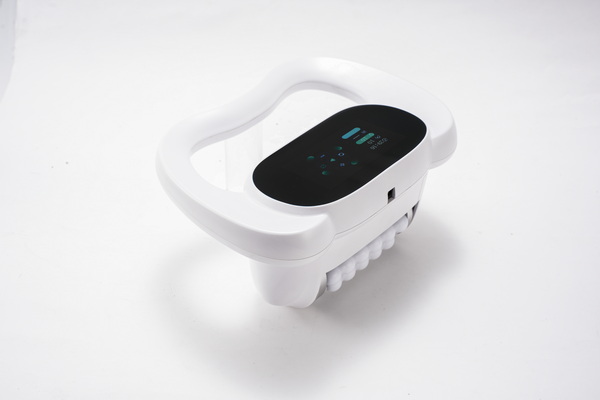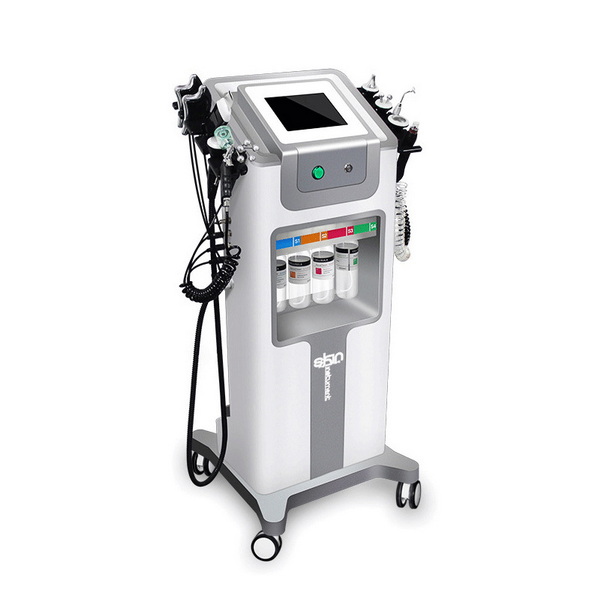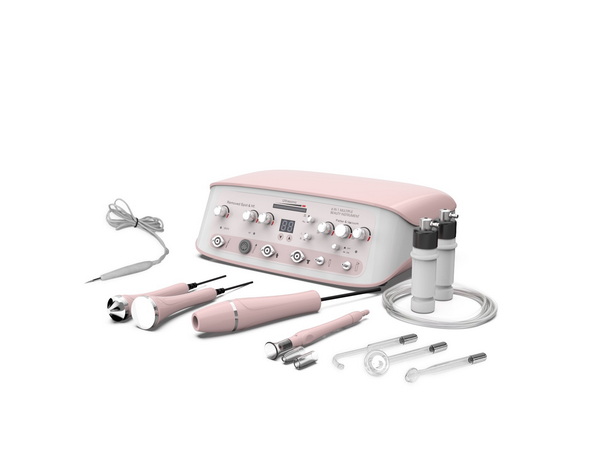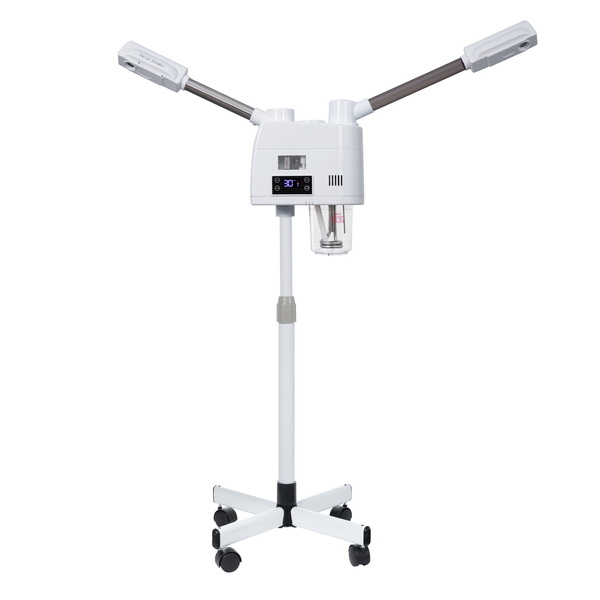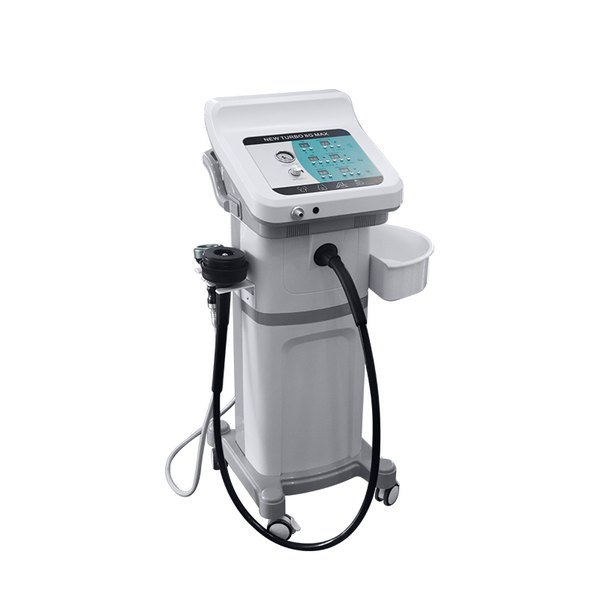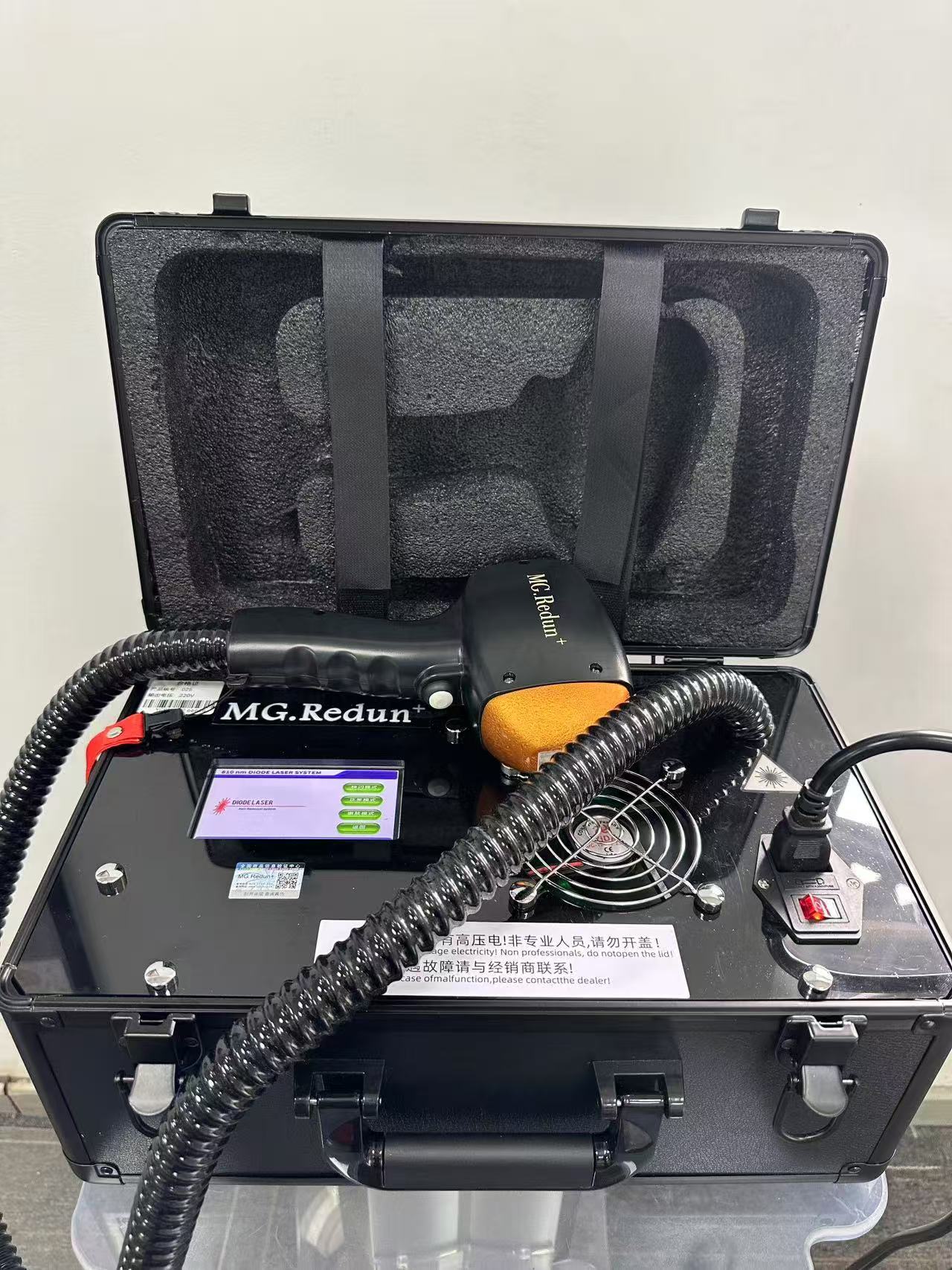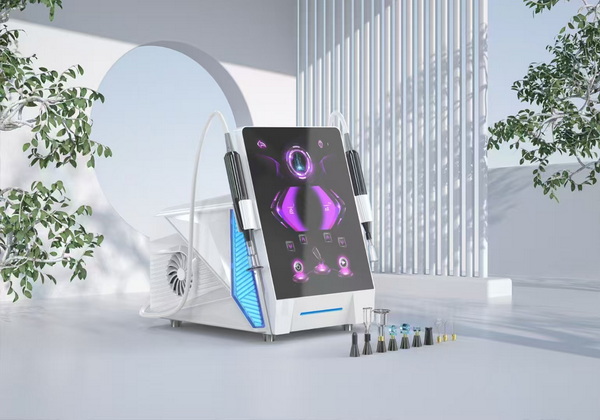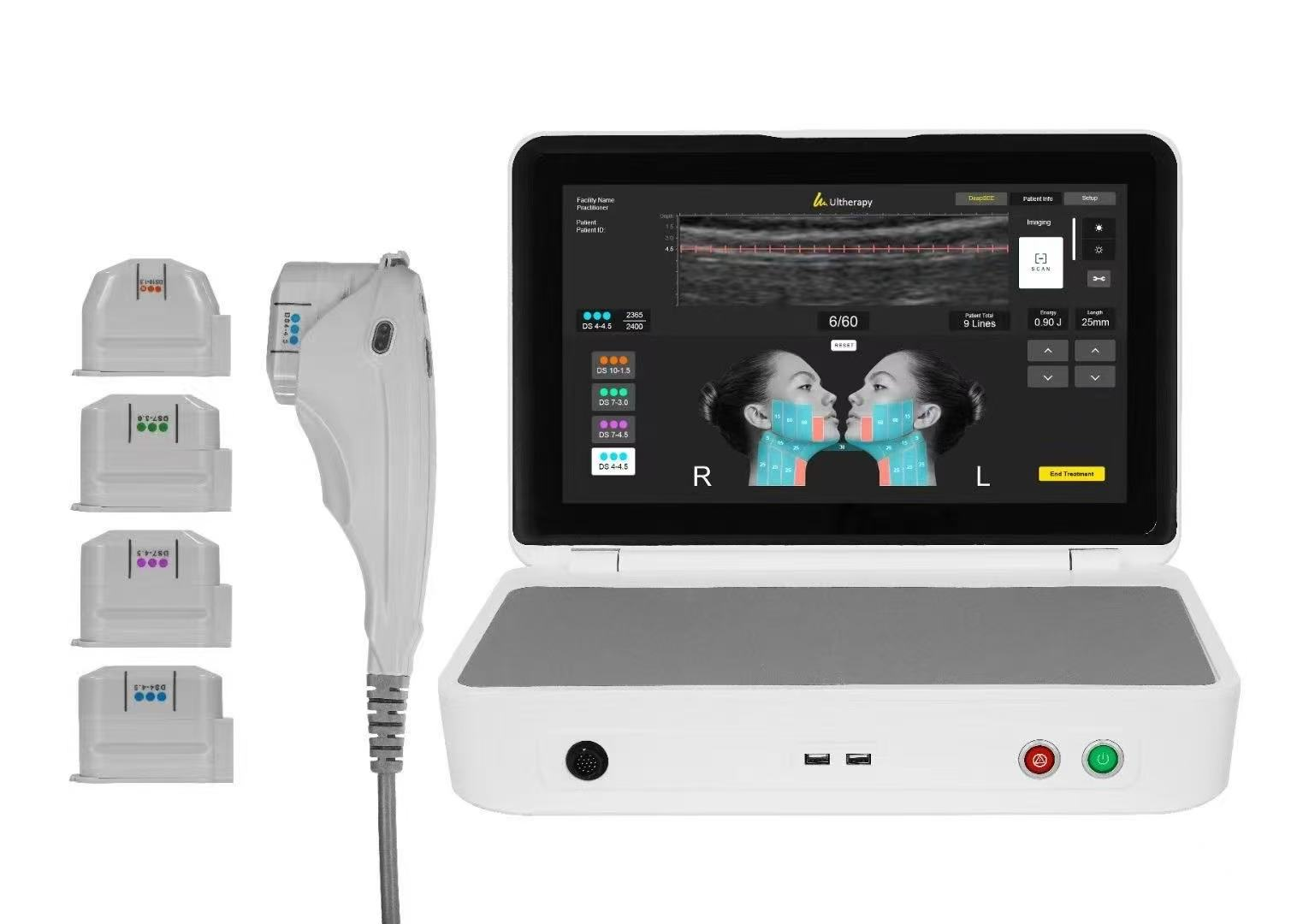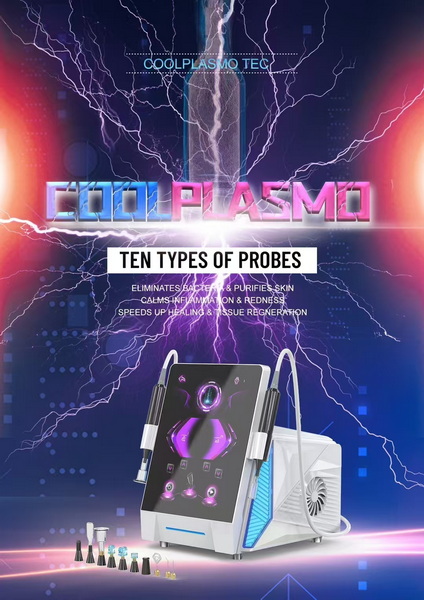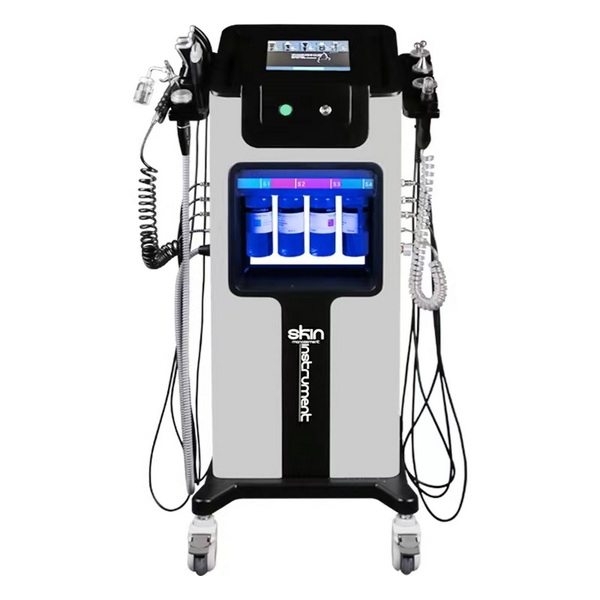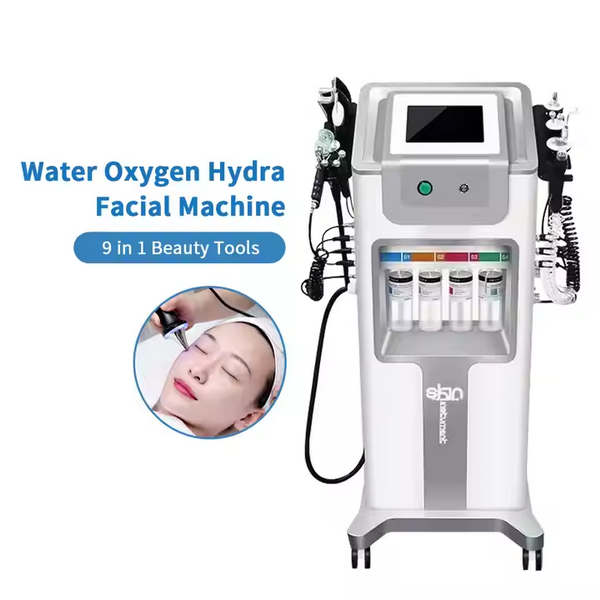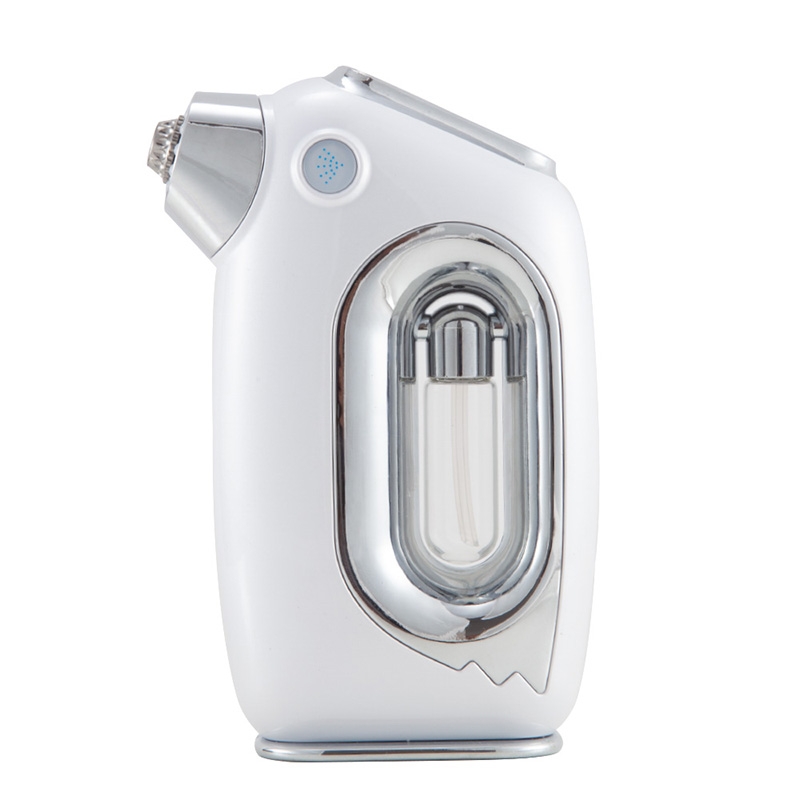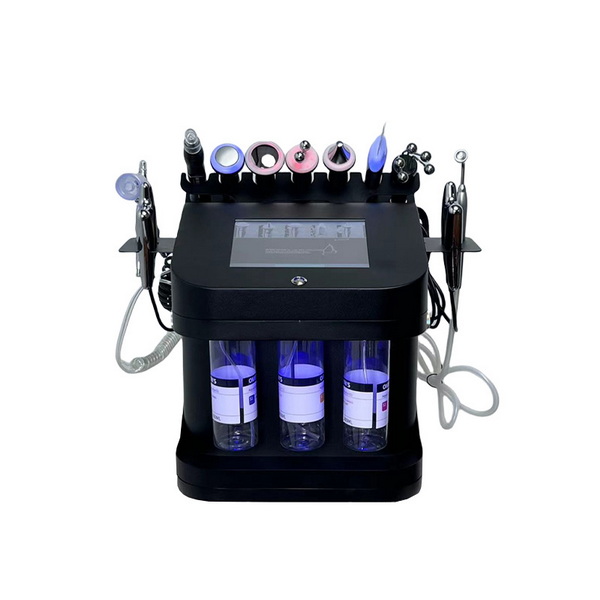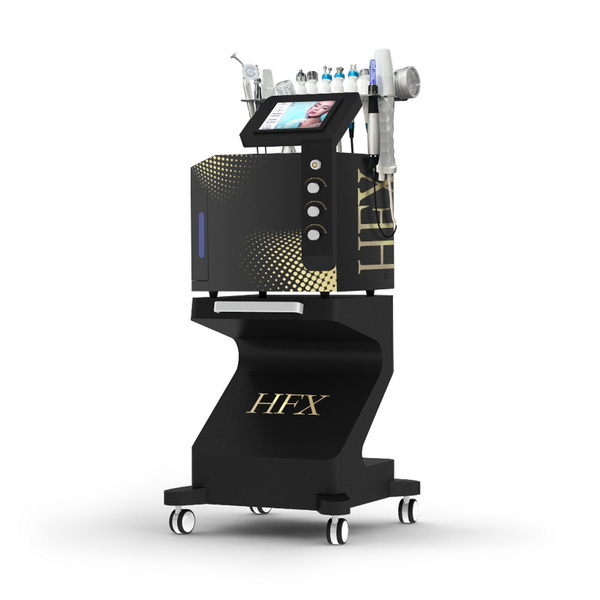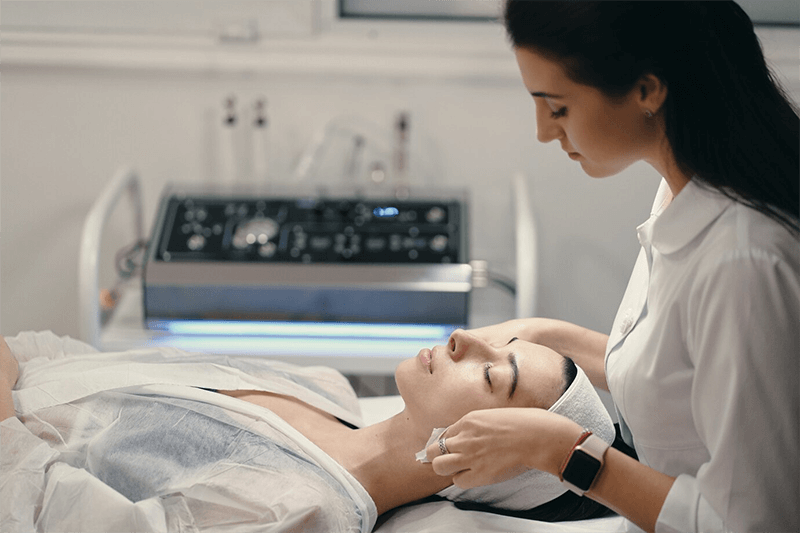What is Plasma?
Plasma is often referred to as the fourth state of matter, distinct from solids, liquids, and gases. It forms when gas is energized to a point where electrons break free from atoms, creating ionized particles. Plasma exists naturally in phenomena like lightning and the aurora borealis, and it is also utilized in various industries, including medical and cosmetic treatments. This device utilizes advanced cold and hot plasma technology. It ionizes gases such as air or argon, causing atoms or molecules in the gas to lose or gain electrons and transform into charged particles, thus successfully generating highly active plasmas. These plasmas carry rich energy and activecomponents, acting on the skin to achieve various excellent skin- care effects.
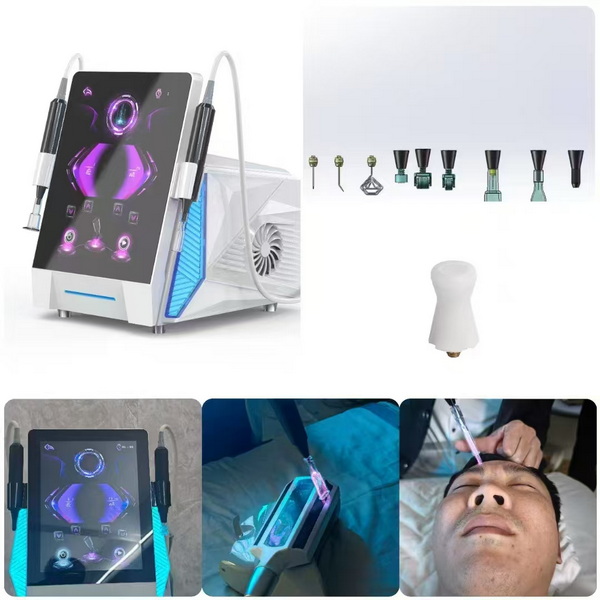
Cold Plasma vs. Hot Plasma
Both cold and hot plasma have significant applications in skincare, but their mechanisms and effects on the skin differ greatly.
Cold Plasma
Cold plasma, also known as cold atmospheric plasma (CAP), is a non-thermal ionized gas that operates at or near room temperature. Unlike hot plasma, it does not generate significant heat, making it safe for direct skin contact.
How Cold Plasma Works in Skincare
Cold plasma produces reactive oxygen and nitrogen species that help sterilize the skin, reduce inflammation, and promote wound healing. It also enhances the skin’s ability to absorb nutrients and boosts collagen production.
Benefits of Cold Plasma for the Skin
- Antibacterial Properties – Effectively kills acne-causing bacteria without harming healthy skin cells.
- Anti-Inflammatory Effects – Reduces redness and irritation, making it ideal for treating rosacea, eczema, and acne.
- Skin Rejuvenation – Stimulates fibroblasts to produce collagen and elastin, which help maintain youthful, firm skin.
- Pigmentation Reduction – Helps break down melanin clusters, addressing hyperpigmentation and melasma.
- Enhanced Absorption – Improves the penetration of serums and skincare products into deeper skin layers.
Hot Plasma
Hot plasma, also known as thermal or fibroblast plasma, operates at much higher temperatures and is used in aesthetic procedures to create controlled micro-injuries in the skin.
How Hot Plasma Works in Skincare
Hot plasma generates high-intensity energy to stimulate the skin’s natural healing response. It is commonly used for skin tightening, scar reduction, and wrinkle treatment.
Benefits of Hot Plasma for the Skin
- Skin Tightening – Induces a thermal contraction of collagen fibers, leading to firmer skin.
- Wrinkle and Fine Line Reduction – Promotes collagen remodeling to smooth out wrinkles and fine lines.
- Scar and Stretch Mark Treatment – Improves skin texture by breaking down old scar tissue and stimulating new skin regeneration.
- Non-Surgical Eyelid Lift – Used for plasma fibroblast therapy, which tightens drooping eyelid skin without surgery.
Key Differences Between Cold and Hot Plasma
| Feature | Cold Plasma | Hot Plasma |
|---|---|---|
| Temperature | Room temperature | High temperature |
| Mechanism | Uses ionized gas to stimulate skin repair | Creates thermal micro-injuries for collagen contraction |
| Pain Level | Painless | Mild to moderate discomfort |
| Downtime | No downtime | 5–14 days of recovery time |
| Common Uses | Acne, inflammation, pigmentation, anti-aging | Wrinkle reduction, skin tightening, scar treatment |
| Safety | Suitable for all skin types | Not recommended for sensitive or inflamed skin |
Applications of Cold and Hot Plasma in Skincare Treatments
Cold Plasma for Acne Treatment
Cold plasma has been a breakthrough treatment for acne due to its ability to eliminate bacteria, reduce inflammation, and heal the skin faster without irritation. Unlike conventional acne treatments, which can dry out the skin, cold plasma keeps the skin barrier intact while reducing breakouts.
Hot Plasma for Skin Tightening
Hot plasma is widely used in non-surgical cosmetic procedures, such as plasma fibroblast therapy. It tightens sagging skin by stimulating fibroblast activity, leading to firmer, more youthful skin over time.
Cold Plasma for Anti-Aging
Cold plasma enhances skin rejuvenation by boosting collagen production and improving skin elasticity. This makes it a preferred choice for individuals seeking non-invasive anti-aging treatments.
Hot Plasma for Wrinkle Reduction
By creating micro-damage, hot plasma forces the skin to repair itself, resulting in smoother, firmer skin. However, it requires post-treatment care due to the downtime involved.
How to Choose Between Cold and Hot Plasma Treatments
When deciding between cold and hot plasma treatments, consider the following factors:
- Skin Type – Cold plasma is suitable for all skin types, including sensitive and acne-prone skin, while hot plasma may not be ideal for individuals with rosacea or melasma.
- Desired Results – Cold plasma focuses on healing, anti-inflammatory benefits, and rejuvenation, while hot plasma is more effective for deep wrinkle reduction and skin tightening.
- Downtime – If you prefer a treatment with no downtime, cold plasma is the best option. Hot plasma treatments require a healing period.
- Pain Tolerance – Cold plasma is pain-free, whereas hot plasma may cause mild discomfort.
Conclusion
Cold and hot plasma technologies have revolutionized skincare treatments by offering effective solutions for a variety of skin concerns. Whether you’re looking for a non-invasive approach to acne and aging or a more intensive treatment for wrinkles and sagging skin, understanding the differences between these plasma treatments can help you make an informed decision. As skincare innovations continue to advance, plasma technology remains at the forefront of aesthetic and dermatological treatments.

